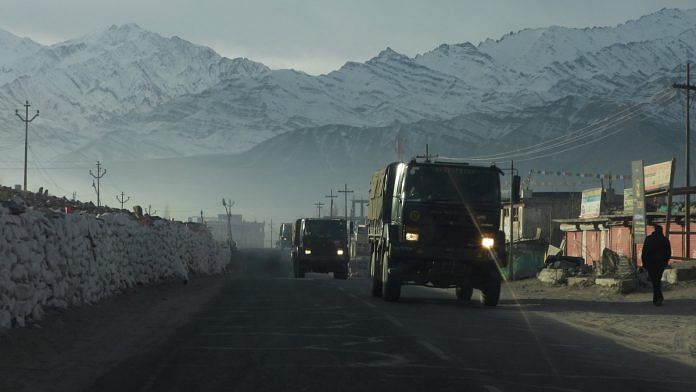While Dalit organisations from Haryana joined the farmers protest at the Tikri border, Azad and a large group of workers from Punjab’s NREGA Mazdoor Association went to the Singhu border, it said
Bhim Army National President Chandrashekhar Azad and BKU leader Rakesh Tikait, during the ongoing farmers protest, at Ghazipur border in New Delhi, Wednesday, April 14, 2021. PTI
New Delhi, April 14
Bhim Army chief Chandrashekhar Azad and several Dalit organisations from Haryana joined farmers camping at Delhi borders as they observed ‘Save Constitution Day’ and ‘Kisan Bahujan Ekta Diwas’ on the occasion of B R Ambedkar’s birth anniversary on Wednesday, the Samyukta Kisan Morcha (SKM) said.
While Dalit organisations from Haryana joined the farmers protest at the Tikri border, Azad and a large group of workers from Punjab’s NREGA Mazdoor Association went to the Singhu border, it said.
Thousands of farmers, mostly from Punjab, Haryana and western Uttar Pradesh, have been camping at three border points of Delhi — Singhu, Tikri and Ghazipur — demanding a repeal of the three farm laws enacted by the Centre in September last year.
“The present government and the RSS-BJP are manipulating and destroying the Constitution in the name of reforms. This pattern is dangerous for both the economy and society. The present farmers’ movement has not only tried to save the Constitution but it is another effort to fight for the strong implementation of the Constitution,” the SKM, a joint front of farmer unions, said in a statement.
It also accused the government of implementing a “divide and rule policy” by splitting the working class into several classes, and asserted that farmers and labourers are united against the present “corporate-government nexus”.
“The marketing system and proper minimum support price (MSP) is the biggest freedom for farmers. In the same way, minimum wage and respectful work of workers protect them from exploitation. At present, both sections have been targeted by the central government.
“Not only the Essential Commodities (Amendment) Act but the other two farm laws will also affect the economy of Dalit Bahujans broadly. Today, labourers and farmers understand this well and they are fighting unitedly against these policies,” the statement said.
The Centre says the new farm laws will free farmers from middlemen, giving them more options to sell their crops.
The protesting farmers, however, say the laws would pave the way for eliminating the safety cushion of MSP and do away with the ‘mandi’ (wholesale market) system, leaving them at the mercy of big corporates. PTI
















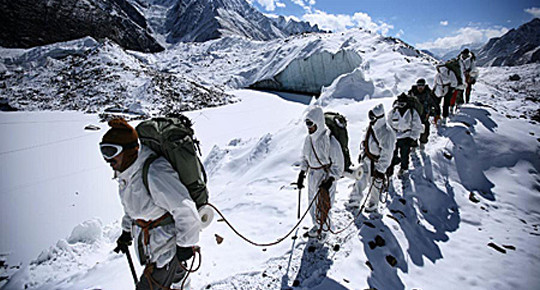
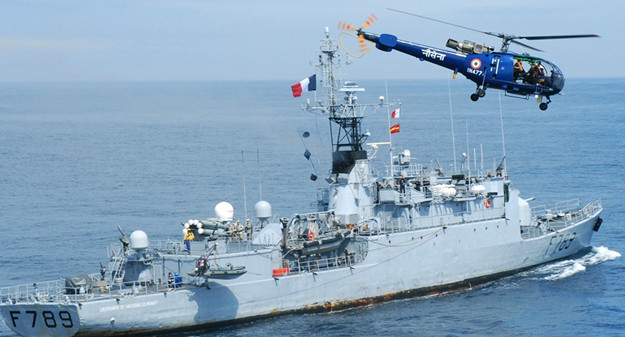
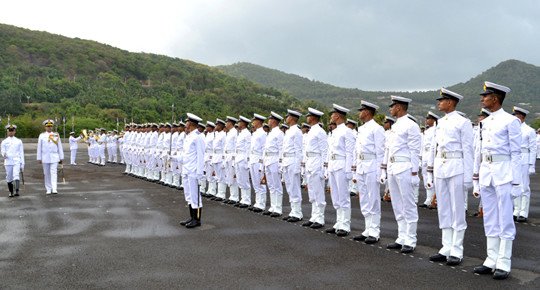
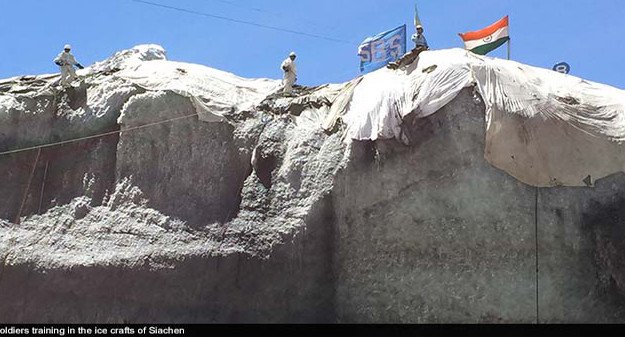
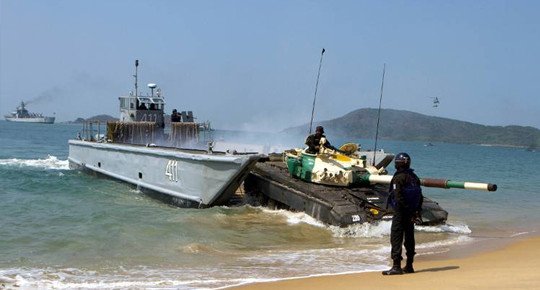
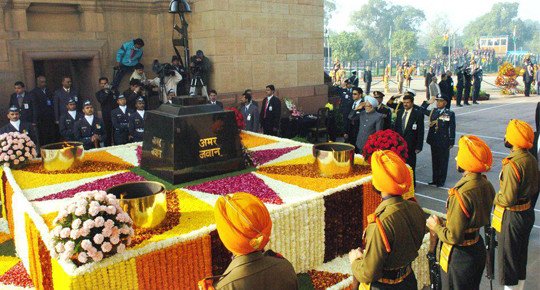
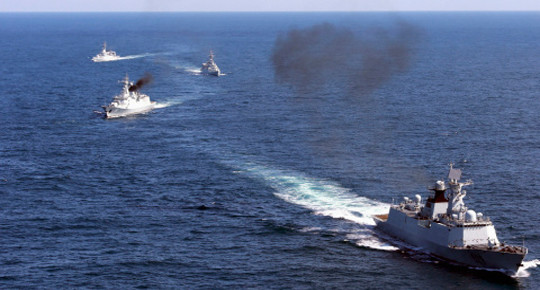
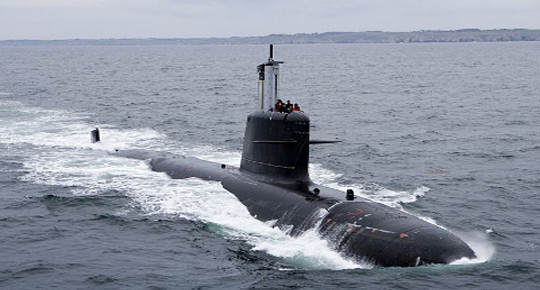
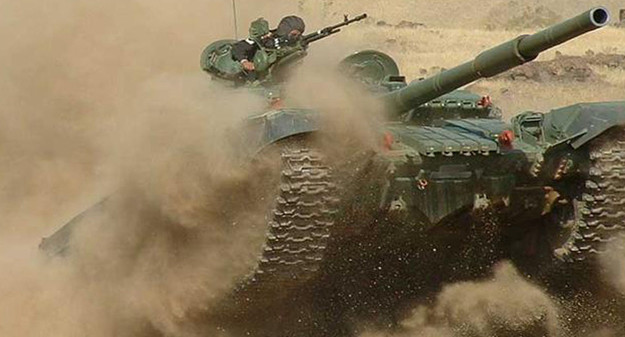
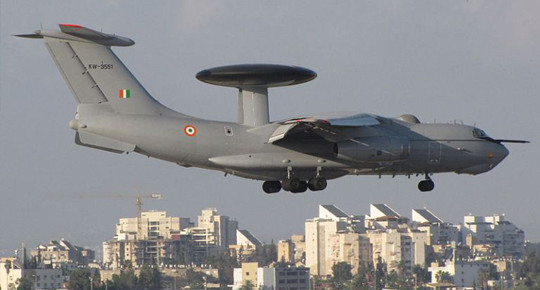
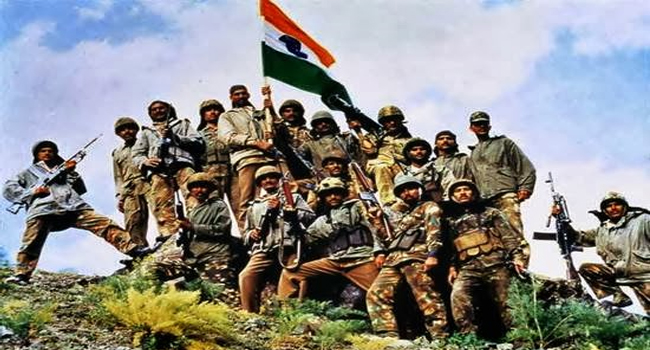
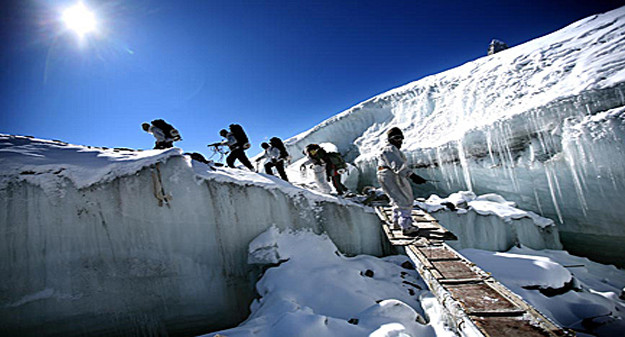
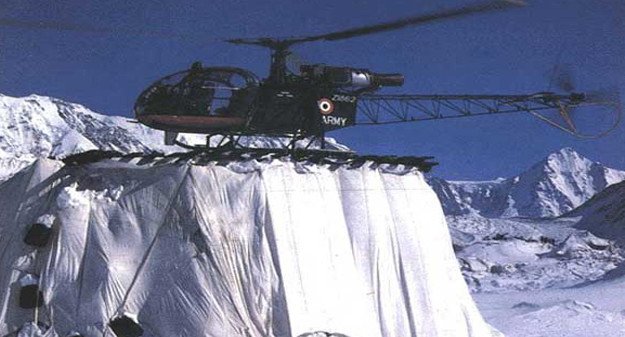

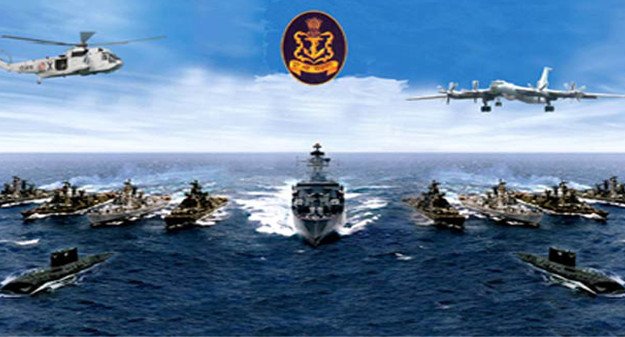
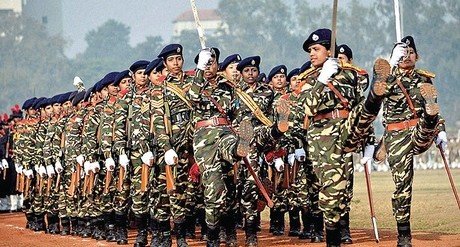
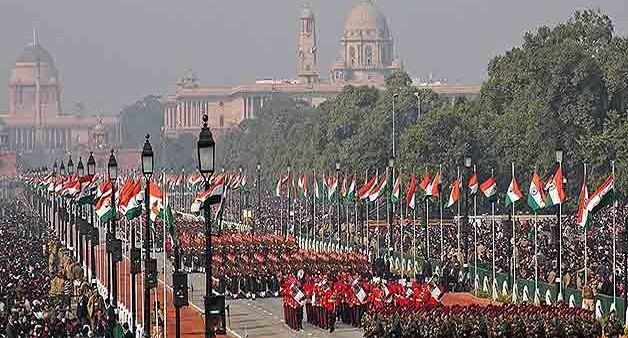
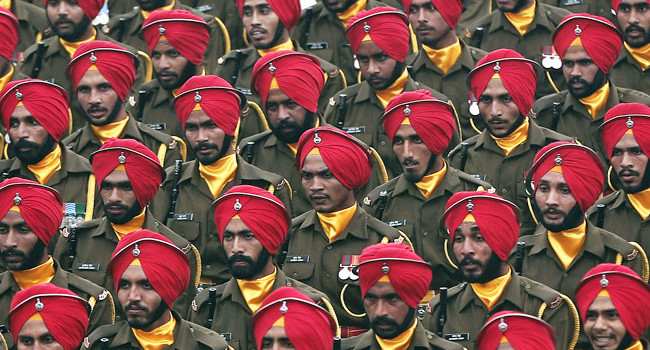
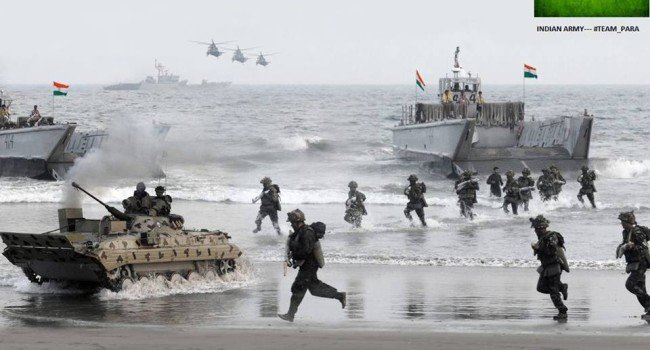
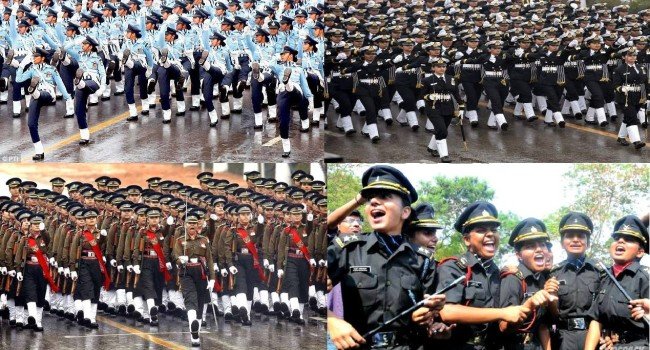
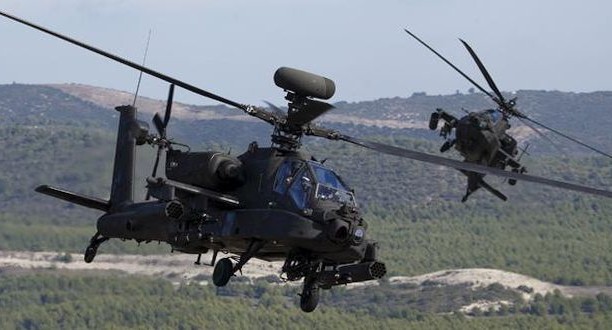
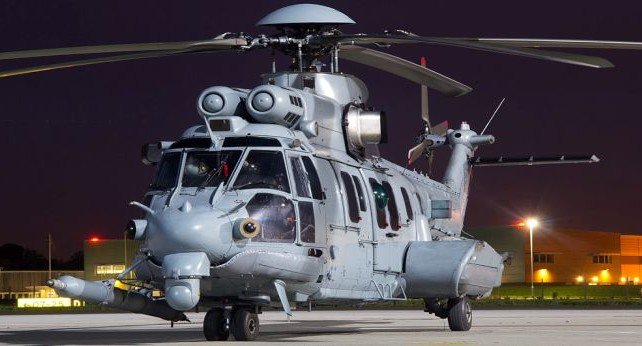
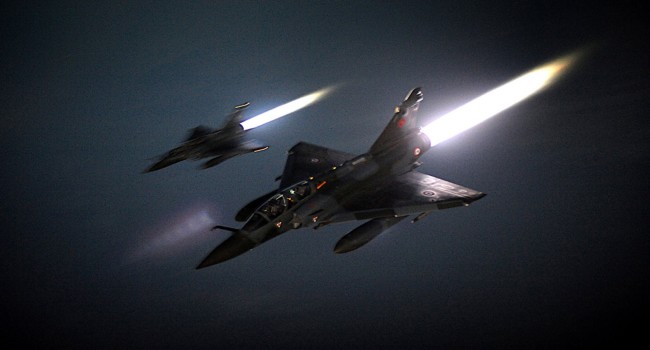
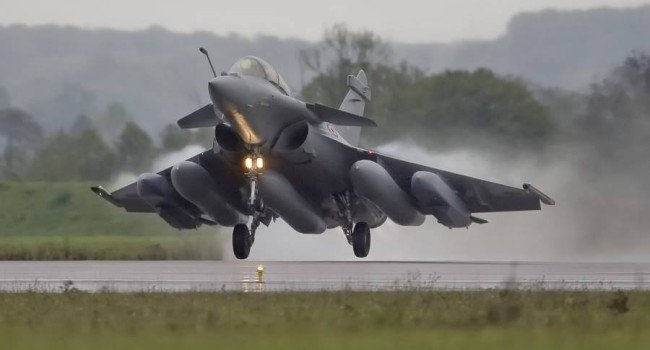
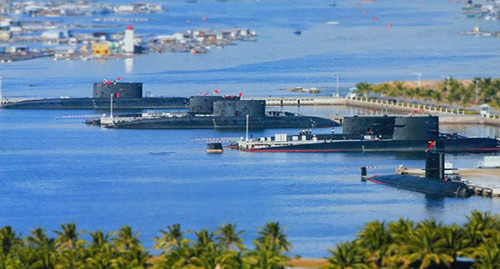
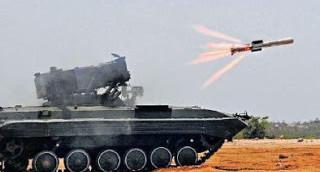
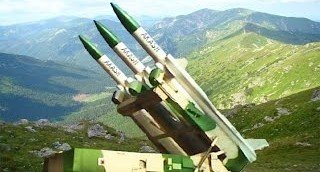










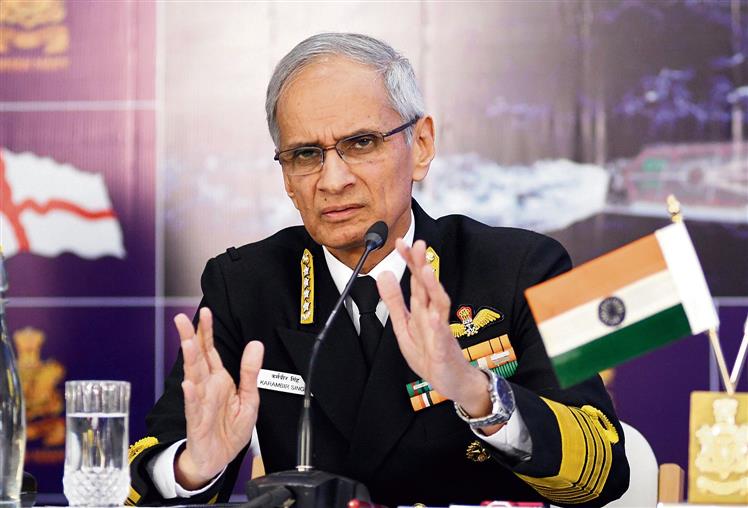

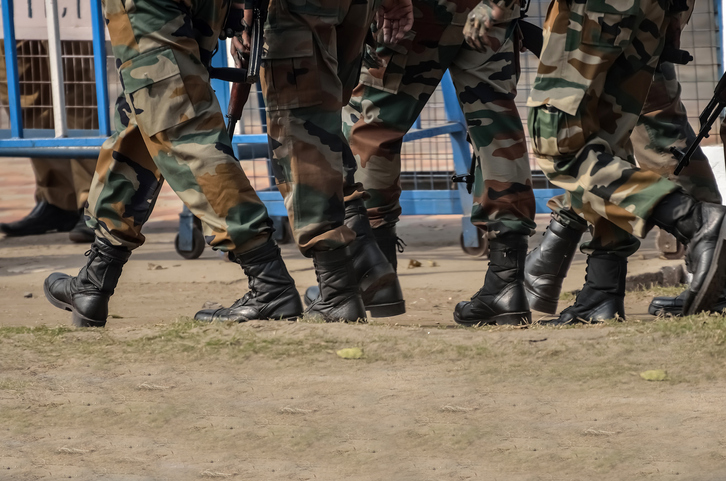
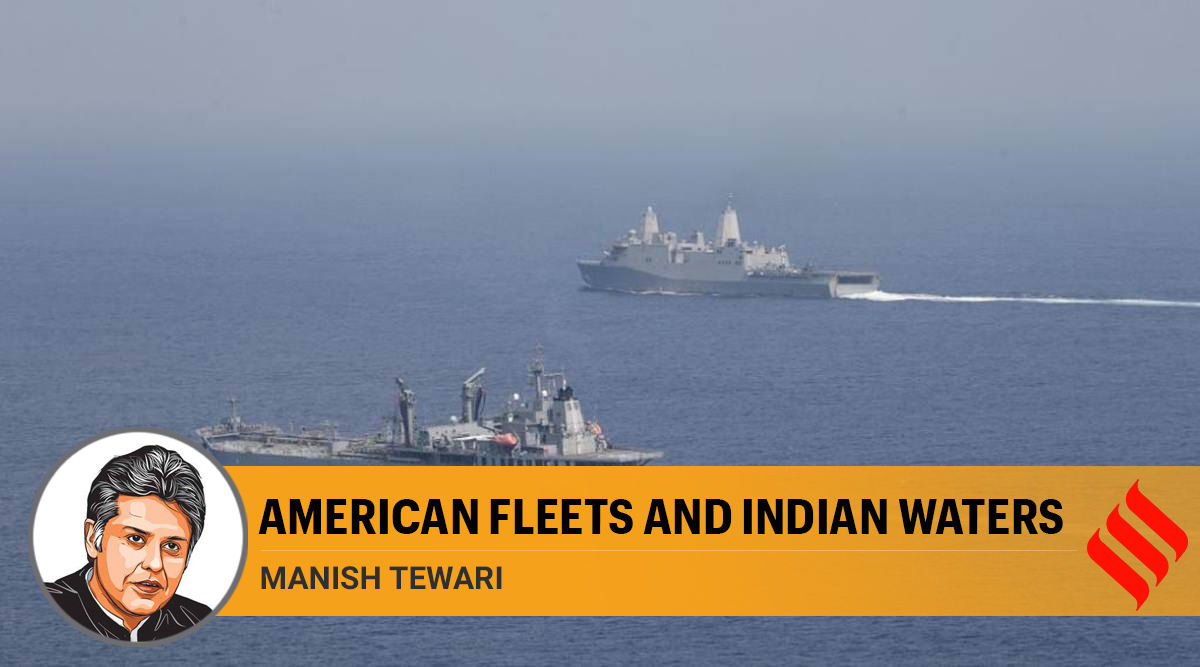 India and US were involved in a joint naval exercise, along with navies of Japan, France and Australia in the eastern Indian Ocean region, in the La Pérouse exercise between April 5 and April 7. (Source: Twitter/@USNavy)
India and US were involved in a joint naval exercise, along with navies of Japan, France and Australia in the eastern Indian Ocean region, in the La Pérouse exercise between April 5 and April 7. (Source: Twitter/@USNavy)